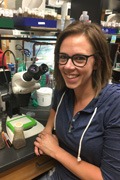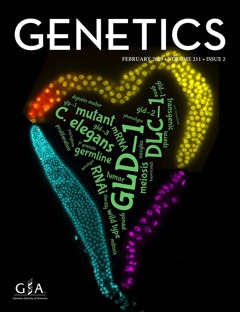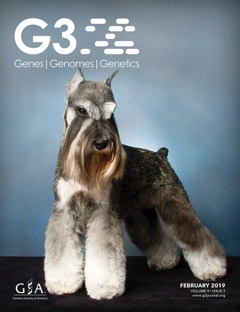Behavioral Genetics: Investigating the genes of a complex phenotype in fruit flies
Author(s):
Craig E. Stanley, Jr., Charles Hadley S. King, IV, Michelle Thornton, and Rob J. Kulathinal
Overview:
This laboratory exercise uses both inquiry-based and active-learning approaches to uncover the genetic architecture of behavior in the model organism, Drosophila melanogaster. The exercise can be performed in either a single two-hour or two 60-minute lab periods and requires access to computers with an internet connection to help introduce students to modern genetic and genomic analysis. Students first will quantify behavioral interactions associated with mating in wildtype fruit flies. They will then connect these phenotypic ontologies to individual candidate genes using curated data from Drosophila’s model organism database, FlyBase. Students will explore known characteristics of chosen candidate genes including models of genic structure, genomic context, and known functional attributes including patterns of spatial and temporal gene expression.
Genetics Concept(s) Addressed:
Nature of Genetic Material: How is DNA organized?
Nature of Genetic Material: What are the molecular components and mechanisms necessary to preserve and duplicate an organism’s genome?
Transmission/Patterns of Inheritance: How can one deduce information about genes, alleles, and gene functions from analysis of genetic crosses and patterns of inheritance?
Molecular Biology of Gene Function: How is genetic information expressed so it affects an organism’s structure and function?
Gene Expression and Regulation: How do genes and genomes control changes in an organism’s structure and function throughout its life cycle?
Methods and Tool in Genetics: What experimental methods are commonly used to analyze gene structure, gene expression, gene function, and genetic variants?
Core Competencies Addressed:
Students should be able to implement observational strategies to formulate a question.
Students should be able to generate testable hypotheses.
Students should be able to generate and interpret graphs displaying experimental results.
Students should be able to critique large data sets and use bioinformatics to assess genetics data.
Students should be able to effectively explain genetics concepts to different audiences.
Students should be able to tap into the interdisciplinary nature of science.
Audience:
Introductory to intermediate undergraduate; biology/genetics majors
Activity Type:
Inquiry-based Laboratory Exercise
Activity Length:
2-3 hours
Keywords:
Drosophila, Behavior, Genetic Basis
Citation:
Stanley, C. E., King, C. H. S., Thornton, M., and Kulathinal, R. J. (2016). Behavioral Genetics: Investigating the genes of a complex phenotype in fruit flies. Genetics Society of America Peer-Reviewed Education Portal (GSA PREP): 2016.001; doi: 10.1534/gsaprep.2016.001



